THE PROPER WAY TO VIEW DIAMONDS
IS THERE A BEST WAY TO VIEW DIAMONDS; CLARITY, COLOR, INCLUSIONS, CLOSE-UP?
This post contains affiliate links. If you use these links to buy something I may earn a commission. Thanks! As an Amazon Associate I also earn from qualifying purchases.
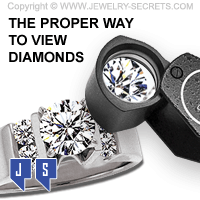
Viewing diamonds close-up is essential to buying diamonds. If you aren’t looking closely at what you’re purchasing, you could be buying the wrong diamond, and not getting the most for your money.
But, there are quite a few tips and tricks to viewing diamonds, and I’m here to share them with you;
1) Let there be light
The most important thing about viewing diamonds, is having the proper light. Literally every single aspect of diamonds is based upon the light interaction. This is why diamonds are cut the way they are, pointed on the bottom with a table and angled crown facets on top. Light interacts with the stone and makes it sparkle. So to rid a diamond of light, is cutting off its life. Without light, it will look dull, dark, and lifeless.
Light is the key ingredient. This also means, that when you view a diamond, you should not lean forward to see the stone. Many people do this when using a handheld jeweler’s loupe. They lean forward over the stone to see the diamond closer, but what they’re really doing, is putting their own shadow over the gem and making it harder to see what’s inside. So the trick to viewing diamonds, is to lean back and hold the stone higher up so you’re not obstructing the path of light entering the stone. The stone will be brighter and whiter, and make everything in the stone easier to see; inclusions, flaws, blemishes, inscriptions…
2) View the diamond from the side
Diamond color is very difficult to judge from the top view (because of brilliance and sparkle). This is why diamond color is judged from a side view (looking through the pavilion). It’s easier to see if the stone is white or has a yellow tint to it.
And not only is color easier to perceive, but clarity as well. SI2 diamonds are known for eye-visible flaws, and most of these are only seen from a side view. So when you’re scoping a diamond, seeing it under 10x magnification, turn the diamond sideways and see the imperfections and color appear.
3) Compare diamonds
If you really want to find the best looking diamond for the price, then you’ll need to compare diamonds. Always, always, always do this. Compare two diamonds, either the same quality, or different, to see why one stone is better than the other. Every diamond is different, and even if you compared ten SI1, E color diamonds, almost all ten will look different. Some will look brighter, have more sparkle, look cleaner… There will always be a few diamonds that stand out from a crowd and knock your socks off. And unless you compare many stones side by side, you’d never know that a better option exists. Compare stones. It’s the only way to shop.
4) Verify the certificate
Many people take the certificate’s word for quality, without ever double checking it. Now you don’t need to be a rocket scientist to double check the expert’s opinion, but you probably could see at least half of what they’re talking about on a diamond report (certificate). Most certificates have a diamond plot, which is a map of the flaws inside the stone. You can view the diamond under a microscope, rotate it into the proper position, and see those exact same flaws 100%. Flaws don’t change, alter, grow, shrink, they stay the exact same for life. Forever. So anytime, in the entire existence of your diamond, you can view it under a microscope or loupe and find those same flaws again, and verify that it’s your diamond. It’s like a fingerprint, every diamond has a different plot, or layout. No two are alike.
Not only can you verify the inclusions, but you can also look at the girdle and view the diamond inscription on the side of the stone (meaning, it’s certified). That number is etched into the stone, and it’s the same number that’s listed on your diamond report. Compare them and verify that the diamond they’re selling you, is the exact diamond you’re buying.
5) View for damage
When you view your diamond closeup, look for damage; chips, cracks, breaks around the girdle… These are things that can happen to a diamond at any time in its life. If it gets hit hard enough, at just the right angle, it can chip the stone, break it, or leave hairline fissures around the outer edge (called a bearded girdle). Inspect the stone before you buy it to make sure that your stone isn’t broken. Granted, lower quality stones (usually I clarity) can and do have chips and cracks, but that’s part of the clarity grade, and should be listed on the diamond report. This is common and it’s one reason why some stones are so cheap.
The thing to look for here, is that no new damage is done to the stone after the stone was certified. Meaning, if you bought a VVS1 diamond, that’s almost perfectly clean and free of flaws, it should look like that now even if the certificate is a year or two old (or even ten years old). If you view a stone like this, and see a big chip in the side of the stone, that doesn’t appear on the certificate, then it’s been damaged after the fact. This also means, that the stone should be re-certified (new paperwork), sent in for re-evaluated, and probably will be classified as a different clarity (SI or I clarity). This would drop the price of that diamond down greatly. And unless you viewed it up-close and inspected the stone for new damage, you would never know that, and never know you were buying a much lower clarity than expected.
6) View before/after repairs
When you take your diamond in for repairs, any kind of repairs, view your stone under a scope when you drop it off. That way, both you and the store can see what condition your stone was in when you handed it over to them. This condition can also be noted on the repair slip (no chips, no damage, no broken culet). And then, when you go back to the store to pick up your diamond ring (from sizing, retipping, polishing…), view your diamond again. Doing so will tell you if you got your diamond back in the same condition you dropped it off in. Not only that, but it will also tell you if the store switched your stone and is trying to pull a fast one on you.
So you see, viewing your diamond is the best way to buy a diamond, as well as protect your purchase and prevent diamond switching.
It’s the best thing you could ever do to your investment.
And if you haven’t viewed your diamond close-up yet, I suggest you buy yourself a jeweler’s loupe and start today.
Cheers! :)


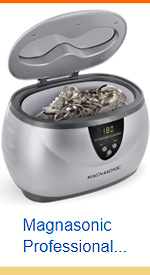

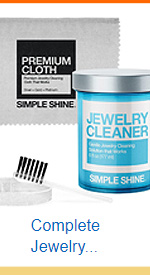
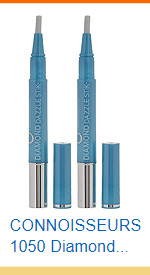
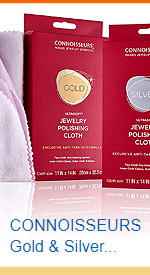
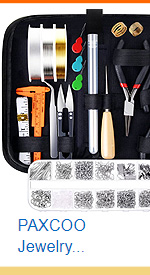
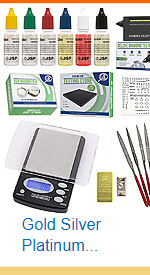
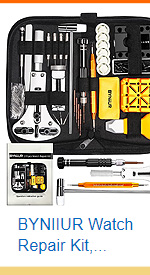
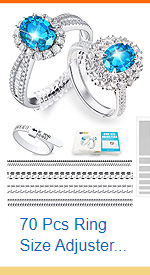
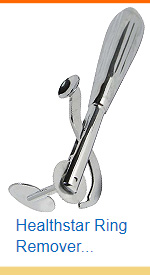
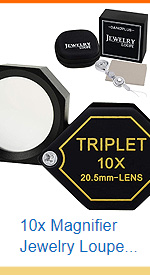
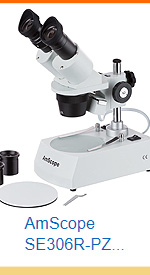




Leave a comment